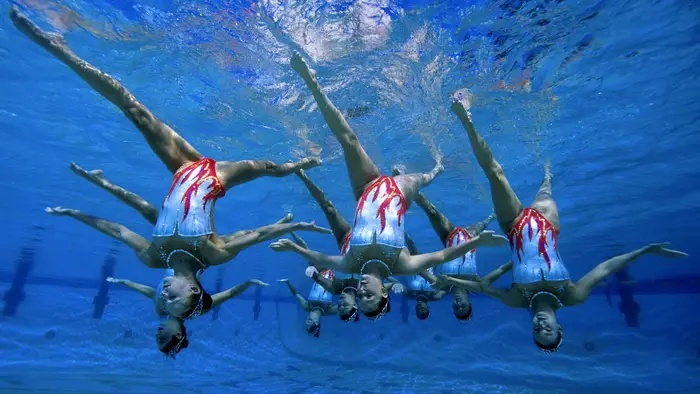- Abuse & The Abuser
- Achievement
- Activity, Fitness & Sport
- Aging & Maturity
- Altruism & Kindness
- Atrocities, Racism & Inequality
- Challenges & Pitfalls
- Choices & Decisions
- Communication Skills
- Crime & Punishment
- Dangerous Situations
- Dealing with Addictions
- Debatable Issues & Moral Questions
- Determination & Achievement
- Diet & Nutrition
- Employment & Career
- Ethical dilemmas
- Experience & Adventure
- Faith, Something to Believe in
- Fears & Phobias
- Friends & Acquaintances
- Habits. Good & Bad
- Honour & Respect
- Human Nature
- Image & Uniqueness
- Immediate Family Relations
- Influence & Negotiation
- Interdependence & Independence
- Life's Big Questions
- Love, Dating & Marriage
- Manners & Etiquette
- Money & Finances
- Moods & Emotions
- Other Beneficial Approaches
- Other Relationships
- Overall health
- Passions & Strengths
- Peace & Forgiveness
- Personal Change
- Personal Development
- Politics & Governance
- Positive & Negative Attitudes
- Rights & Freedom
- Self Harm & Self Sabotage
- Sexual Preferences
- Sexual Relations
- Sins
- Thanks & Gratitude
- The Legacy We Leave
- The Search for Happiness
- Time. Past, present & Future
- Today's World, Projecting Tomorrow
- Truth & Character
- Unattractive Qualities
- Wisdom & Knowledge
Health & Wellness Wednesdays
Synchronized Swimming
I’m still reminiscing about the Summer Olympics and watching all the amazing athletes compete.
I love sports - I’ve always loved playing sports, but I equally love watching sports.
Synchronized swimming is one sport that I have actually never tried to do. I think it is absolutely impressive to watch - because it looks SO CHALLENGING!
Often professional athletes make their sports look absolutely easy. But my goodness, those athletes are skilled. In fact, I watched a reel recently that joked how the Olympics should have one regular person competing to showcase just how skilled the athletes actually are.
Synchronized swimming is one sport that I actually do not think looks the least bit easy. Like when I watch it, I think to myself that there is no way on the face of this planet that I could ever do it! Between the full body strength that it takes to dance and tread in the water, to the length of time that they hold their breath, I’m out before I’ve even begun!
The grace that synchronized swimmers possess in the water is remarkable - I’m not even that graceful on land, let alone while swimming and keeping a smile on my face through the most intense cardiovascular exercise activity!
I’ve known a few people throughout the years who have done synchro - and they were in extremely good shape.
So if you are graceful, love the water, and want to be in the best shape possible, I would recommend you try out synchronized swimming.
Interesting Fact #1
Synchronized swimming, often referred to as underwater ballet, is not as easy as it looks. It’s an artistic sport that demands strength, flexibility, and grace. It was first recognized as an Olympic sport in the 1984 Olympics that was held in Los Angeles.
Interesting Fact #2
Twists, pointed toes, lifts, and splits are just some of the moves that routines require. During a performance, while swimmers are completing gravity-defying moves, they are not touching the bottom of the pool. They practice and compete in at least 9 feet of water or deeper. They do all of this while lifting each other up as well.
Interesting Fact #3
Synchronized swimmers spend six days per week practicing. Six hours are spent in the pool and two hours are on land cross-training. Pilates, weights, strength conditioning, ballet, gymnastics, and dance are all included in their workouts. This requires serious muscle strength and dedication.
Quote of the day
“My synchronized swimming coach used to say, 'Grit your teeth and smile. Even if the judges aren't being fair, even if you deserve better, just get on with it and be stronger.” ― Christine Lagarde
Article of the day - Things You May Not Know about Interesting Synchronized Swimming
Did you ever watch synchronized swimming routines on TV and ask yourself how it became an Olympic sport because it seems so easy? Well, you may be surprised that despite the fancy costumes and effortless lipsticked smiles of the athletes, this is quite a demanding sport. Here are some fun facts you may not know about this blend of painstakingly coordinated swimming, dance, and acrobatics that requires core strength, endurance, flexibility, breath control, and split-second timing.
It’s an individual—and a team—sport. Although synchronized suggests at least two or more participants, this sport can involve just one athlete. The synchronized part for a solo athlete is being in sync with the music.
This is an Olympic sport. As mentioned, synchronized swimming, also called synchro, became an Olympic Sport in 1984. This sport includes both duet and team events. Scores from technical and free routines are combined to calculate a final rank. Judges scrutinize the swimmers for perfect synchronization and execution—above and below the water’s surface—as well as the swimmers’ ability to keep their bodies high above the water, to move constantly across the pool, and for choreography to match the music’s mood.
Synchro started out as ballet. Synchronized swimming was originally called water ballet when it debuted in the late 19th century. Once official competitions began in the 1930s, physical education instructor Katherine Curtis helped develop the water acrobatics aspect with her club the Modern Mermaids.
This is a ladies-only sport. As far as the Olympics go, synchronized swimming is an all-female sport. However, men can compete in World Aquatics competitions as well as in many European countries. Perhaps it’s only a matter of time until the Olympics follows suit.
Nose clips are a must. Even though the attire for synchronized swimming is known for being form-fitting, athletes manage to hide spare rubber nose clips in their bathing costumes should they fall out during competition. It is not unusual for the clips to fall out, be kicked off, or knocked off during a performance.
Concussions are common. Synchronized swimmers use the “eggbeater” kick to stay upright. It is a powerful kick so the athlete can get the power to lift and fly through the air to complete the acrobatic moves. Since the swimmers swim so closely together, it is not uncommon to get hit in the head.
The performance is supposed to look effortless. To many, synchronized swimming looks simple. The athletes work hard to not let it show when they are tired, they may need air, or that their muscles may be burning. Many spend six days a week practicing—six hours in the pool and two hours on terra firma cross-training with weights, strength training, ballet, Pilates, etc.
Pay close attention the next time you watch a synchronized swimming routine. Perhaps you can try some moves in the privacy of your own pool. But don’t touch the pool liner—synchronized swimmers aren’t allowed to touch the bottom of the pool!
Question of the day - What do you think would be the most challenging part of synchronized swimming?
Activity, Fitness & Sport
What do you think would be the most challenging part of synchronized swimming?










